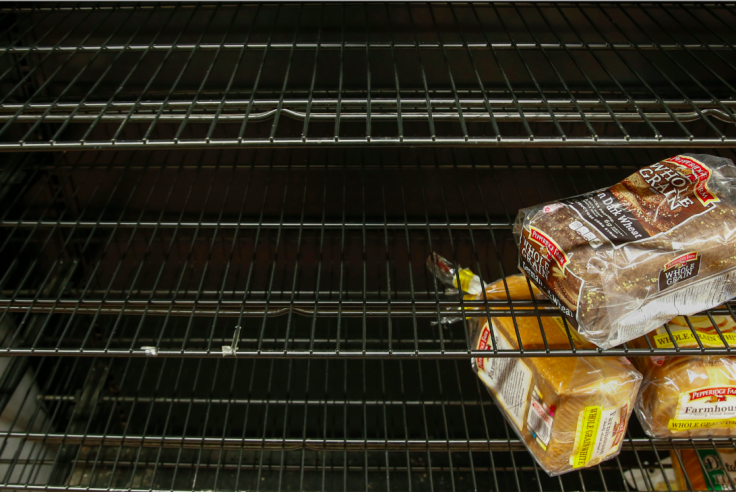Climate Change Could Shrink Bread Loaves: Study

A team of researchers claims that climate change could one day affect the size of a loaf of bread. The researchers have linked the increasing level of carbon dioxide in the atmosphere to the amount of protein in the flour used to produce the daily staple.
The study conducted by Australian researchers has attributed the projected diminished size of bread to the altered size of wheat plants. The researchers believe that elevated levels of carbon dioxide in the environment may affect the level of protein in the wheat, hence affecting the size of the bread.
During the study, researchers altered the level of carbon dioxide in each sample of bread, before baking the loaves. The level of carbon dioxide was defined as per the estimated level of the gas in 2050, stated by the Intergovernmental Panel on Climate Change. The study used wheat harvested in December.
Resulting loaves were flatter and smaller, as compared to the size of the bread currently being consumed. "As atmospheric concentrations of carbon dioxide go up, it reduces the nitrogen levels in plants and leaves, and that reduces the protein in the grain," said Dr. Glenn Fitzgerald, the lead author of the study. "The protein in the grain affects the proteins in the flour and it leads to changes in the elasticity and strength of the dough."
The team now plans to study whether a new variety of wheat can reverse the effect of a decline in the levels of protein. However, it will take another 10 to 15 years to develop such a variety of grains.
© Copyright IBTimes 2024. All rights reserved.











